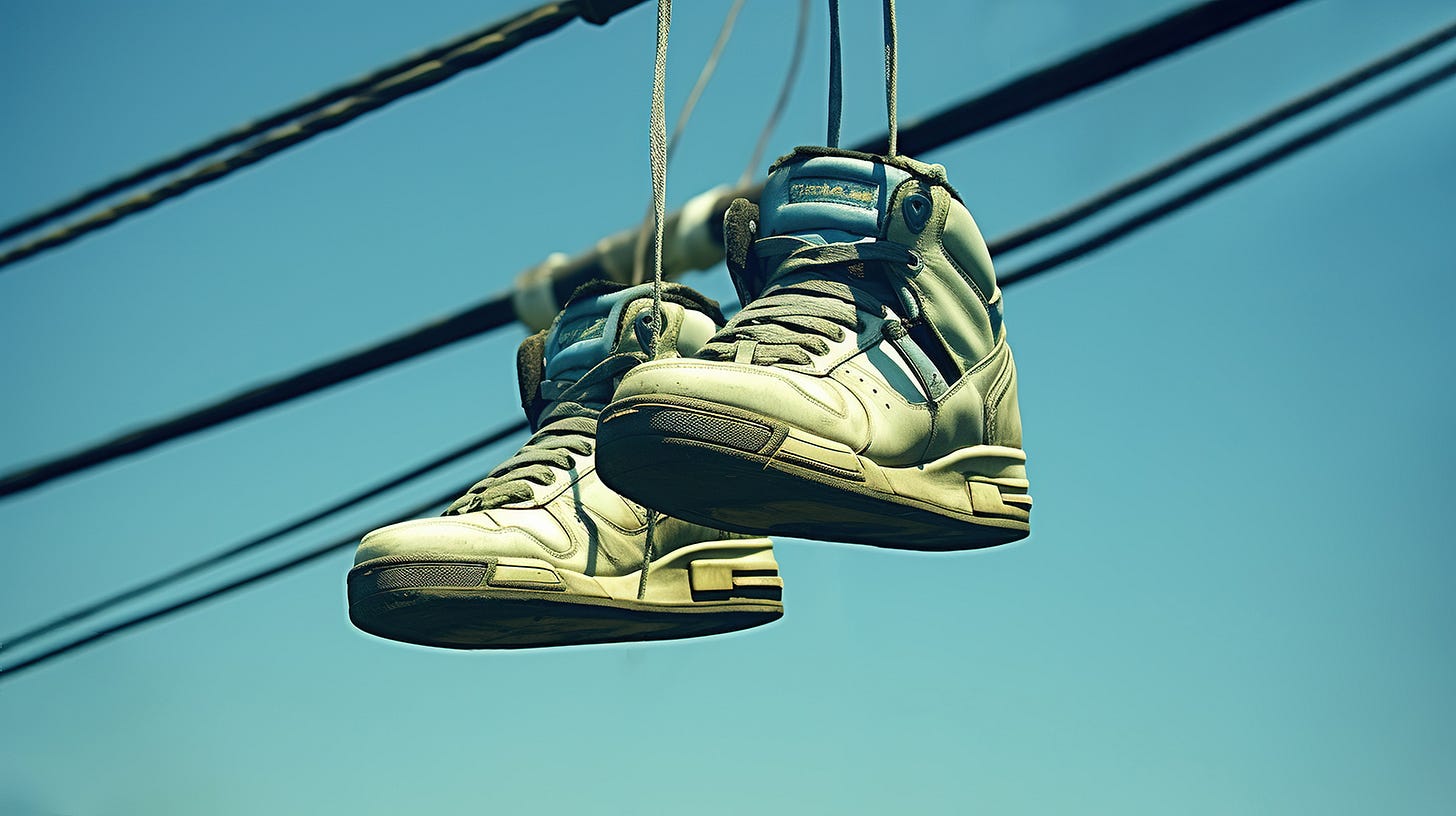Shoes on the Wire: Four Weeks in L.A. Trying to Figure Out What the Hell Is Going On
Six neighborhoods, endless rumors, and one weird slice of L.A. that nobody can fully explain.
I’ve spent the last four weeks walking Los Angeles — 212,000 steps, give or take — chasing stories that didn’t want to be found. South Central. Boyle Heights. Echo Park. Venice. Pacoima. MacArthur Park. The parts of L.A. you don’t see on Netflix real estate porn.
I pulled favors. I called people who owed me. I …



